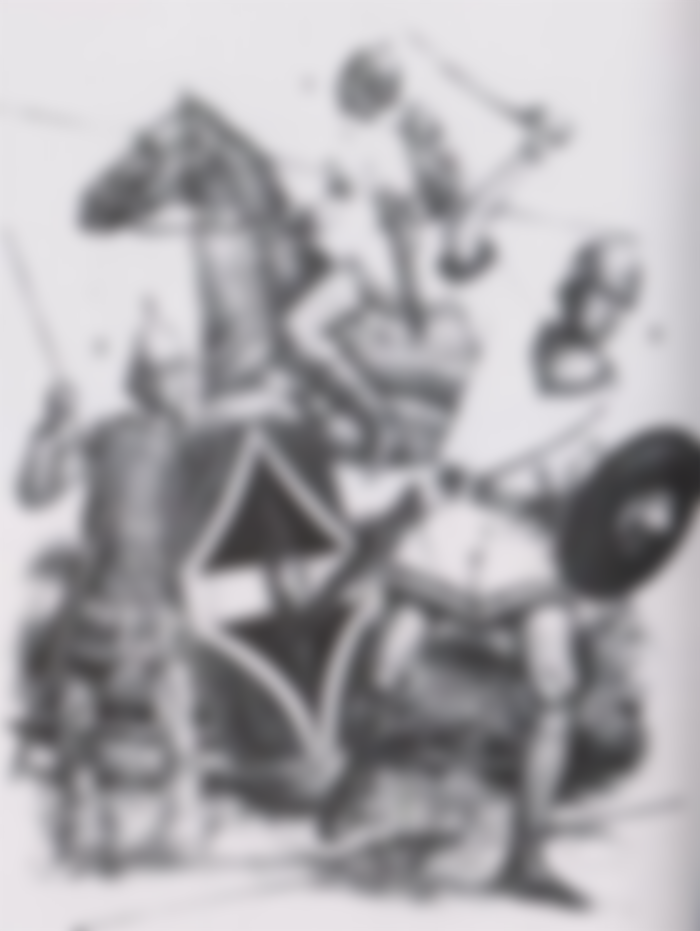Life of Timoleon
Timoleon (411 - 337 BC) was a Corinthian statesman and general who brilliantly defeated the tyrant of Syracuse II and a Carthaginian army against all odds. Settling permanently on the island, he reorganized the governments of many Sicilian city-states by giving them political freedom, thereby laying the foundations for a later period of sustained prosperity.
He is the subject of one of Plutarch's Lives biographies, and ancient writers were remarkably consistent in their boundless praise of the tyrant-slayer Timoleon.
Childhood and Teenage Years & Career
Timoleon was born in Corinth and his father was Timodemus and his mother Demariste, so he grew up in an aristocratic family from both sides. Little is known about Timoleon's youth or even the first half of his life, besides he fought as a joint soldier in the war between Corinth and Argos in 368 BC.
Then, in the mid-360s BC, Timoleon took the dramatic step of killing the power-hungry and unpopular Timophanes his brother, thus ending his tyranny in Corinth. After that, ies, there is a gap of twenty years where we know nothing about what Timoleon has been up to.
Plutarch claims that he withdrew from public life and lived like a hermit in remorse for killing his brother.
The Fight Against Syracuse
Syracuse, Corinth's former colony in Sicily, was conquered by the tyrant II in 344 BC. When he called for help against the double threat of Dionysius and the possible invasion of Carthage, Timoleon was chosen to lead the expedition as general (strategos) and, as a friend had told him, would now have the opportunity to discredit his brother as his murderer and gain a reputation as a tyrant-slayer.
According to Plutarch, things were going well when, during his visit to the oracle at Delphi, he received an omen of welcome before setting off from where the crown of victory made of laurels had fallen from the wall and landed on his head.
Timoleon's force consisted of 700 mercenaries and ten ships, including two ships from another Corinthian colony of Corcyra (Corfu) and one ship from Leucas in the Ionian Sea. Timoleon reached Tauromenium (modern Taormina) in 344 BC and then defeated Leontini's tyrant Hicetas in a battle at Adranum.
When reinforcements arrived, Timoleon launched an attack on Syracuse itself. Fed up with Dionysius' oppressive rule over the region, it was supported by several Sicilian cities: Adranon, Katane, Tauromenium, and Tyndaris. The struggle was successful and Dionysius II was forced to live in exile in Corinth. Timoleon even generously provided that the former tyrant had a small allowance to support himself in his forced retirement.
Timoleon Against Carthage

However, Timoleon was not allowed to enjoy his success for long, as an army from Carthage carefully chose this moment of political instability to invade Sicily again in 341 BC. Still, he received a good omen before the battle when his soldiers passed some donkeys carrying loads of parsley, which Timoloen said showed the crown of victory, just as at Delphi, this time referring to Corinth's long tradition of giving crowns of parsley to the victors at Isthmian games.
The Corinthian general engaged the enemy near the river Crimisus (or Krimisos) in the west of the island, and when his forces were split in two by the river and attacked a second time during a fierce storm, he managed to defeat the Carthaginians, despite having a much smaller army at his disposal (6,000 versus 70,000 according to Plutarch). ).
Even though they were defeated and lost over 12,000 men, the Carthaginians were still able to lead a large army into battle and therefore went around to cause trouble, offering their support to various other Sicilian city-states. The result was a bargain between Timoleon and the Carthaginians in 338 BC that divided the island into two spheres of influence. if they stayed in the western part, he would hold the eastern part of the island.
Rearrange and Revitalize Sicily
Timoleon then began systematically taking over the various tyrannies in his domain, giving the cities greater autonomy and establishing a new constitution in Syracuse. It is not clear what exactly the form of government was in the second city.
Democracy proposals do not coincide with the history of Corinth, which does not have such a system. Of course, Timoleon gave himself broad powers and ruled as a benevolent autocrat (strategos autokrater).
About 60,000 settlers were brought in from the Greek and Italian mainlands to consolidate this new regime, and numerous Corinthian coins of the distinctive Pegasus design (both Corinthian and locally minted) found throughout the island were used as a cultural and financial asset. Piracy in the area was also stopped and the remaining mercenaries were cleared from the island. Thus, Sicily saw a renaissance in both city life and the island's agriculture.
Death and Permanent Reputation
Timoleon died peacefully of old age in the mid-330s BC after voluntarily retiring from public office due to loss of sight. He was buried in Syracuse square and the following inscription was made to commemorate his deeds:
"He overthrew the tyrants, subdued the barbarians, rebuilt the greatest of the devastated cities, and then restored their laws to the people of Sicily" (Plutarch, 187). Historical sources also confirm that Timoleon was a just, humble, and religious man known as one of the few political leaders to rule in the interests of his people rather than his own.
No wonder, then, that upon his death, he was not only buried with the status of oikistes (a colony founder), but also dedicated a new gymnasium called the Timoleonteum of Syracuses, and held annual games in his honor.
